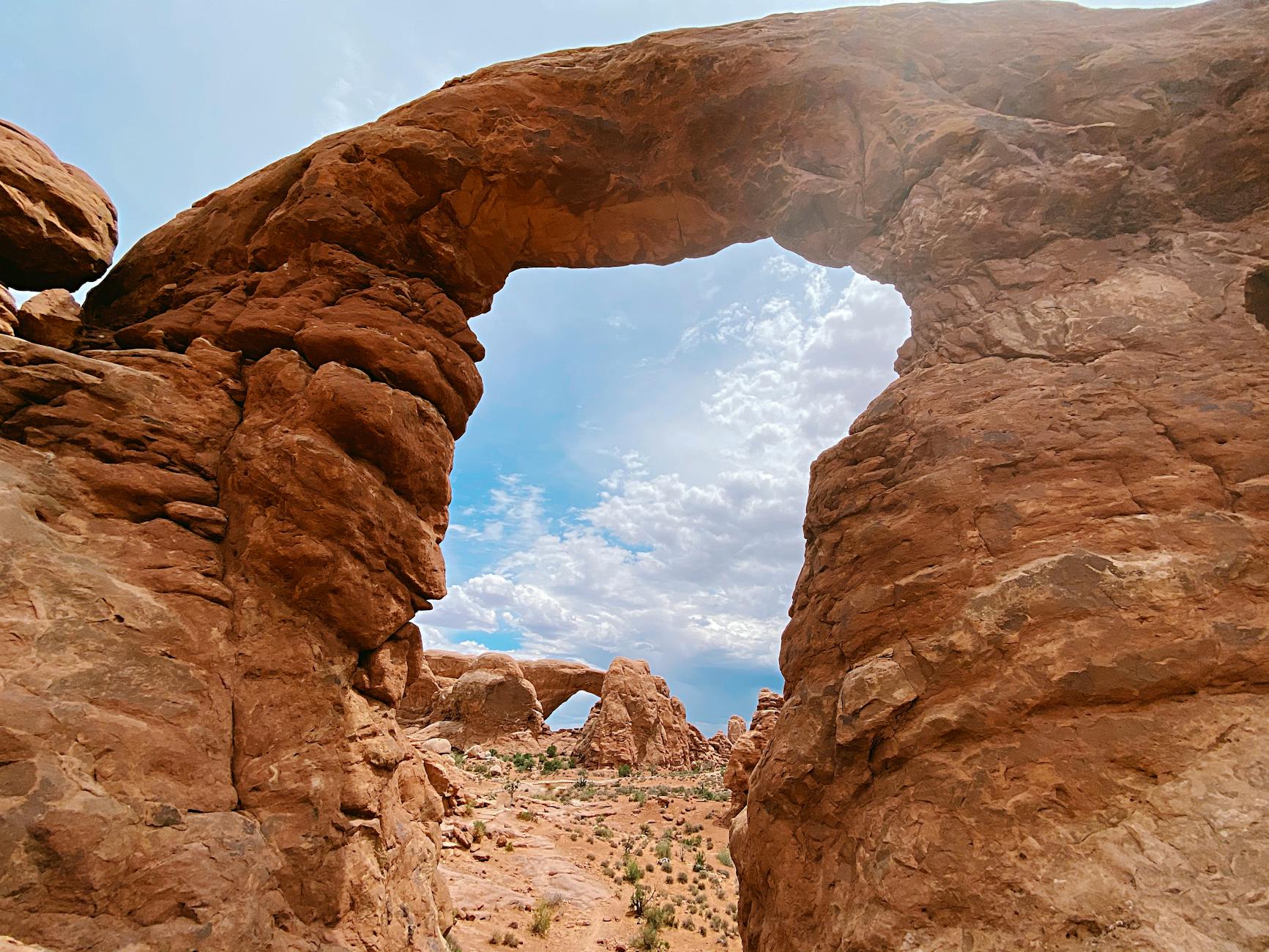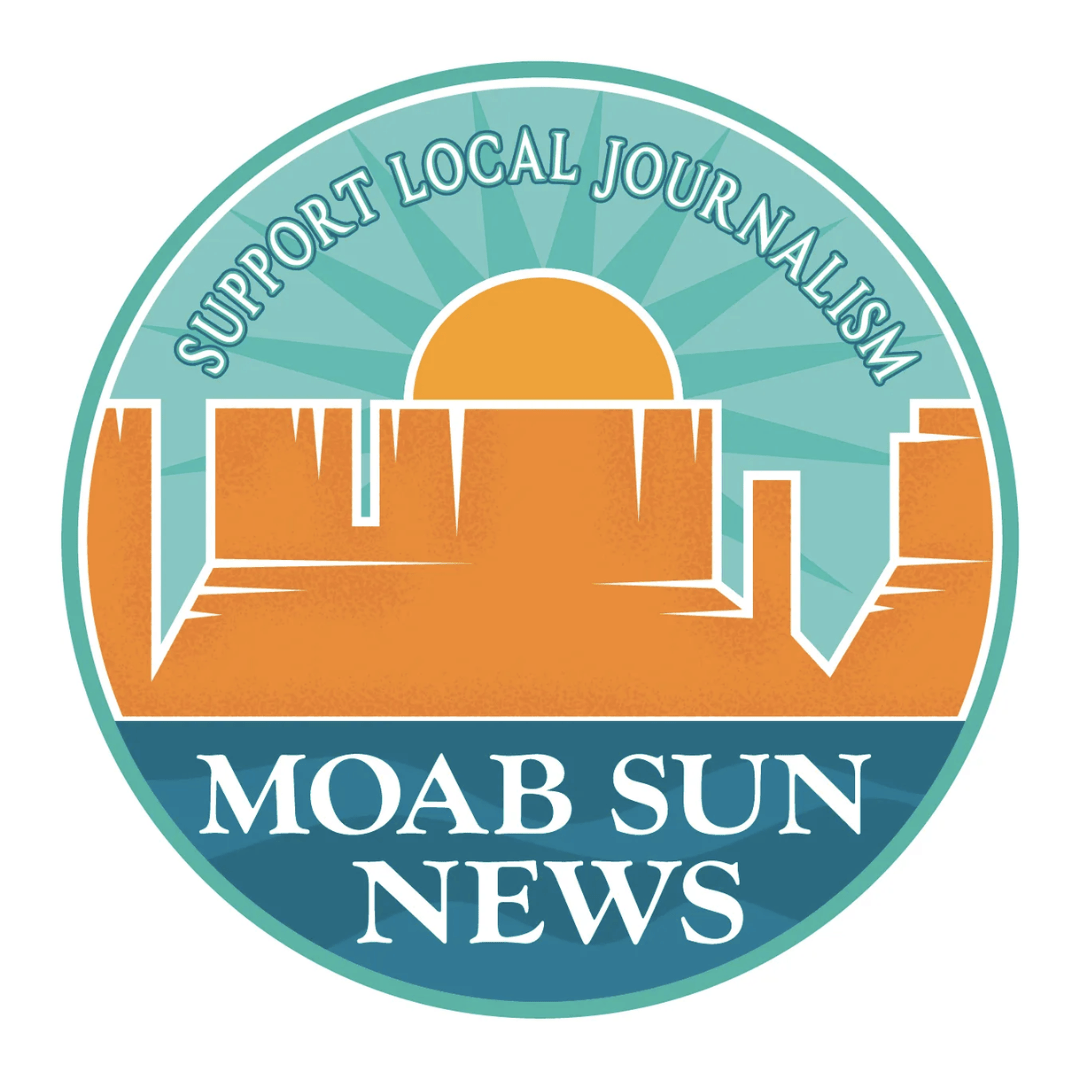It’s a big step forward for Monument Valley resident Alfred Myerson, and an equally big step backward for San Juan County Commissioner Bruce Adams.
President Barack Obama’s Dec. 28, 2016, proclamation of a 1.35-million-acre Bears Ears National Monument in San Juan County is prompting strong and sometimes passionate reactions from monument supporters and foes alike in southeastern Utah.
For monument supporters like Myerson, the designation ensures that culturally significant and environmentally sensitive areas that are sacred to area tribes will be permanently off limits to development and looting.
“One underlying reality here is, Bears Ears is a rare piece of real estate that is in a pristine state and one of the few wilderness areas out West that needs to be preserved and protected,” he told the Moab Sun News.
Myerson said that after a long and hard-fought battle on behalf of the proposal, he’s glad that Obama finally moved to protect his ancestral homeland – the historic birthplace of Chief Manuelito, a renowned 19th Century Navajo leader. At the same time, he said, the proclamation is worded in a way which ensures that wood gathering and other traditional activities that he and his wife join in on to this day can continue for generations to come.
“For us, we are directly connected to the land,” he said. “There is no separation.”
Adams, however, sees the designation as another example of federal overreach in San Juan County. He said he’s perhaps most frustrated that the president’s decision to declare the monument was not based on a locally driven process.
Over the last six months, he said, San Juan County commissioners repeatedly tried to engage the outgoing administration in discussions about the issue, but there was no response or outreach to residents in communities like Monticello.
“Why didn’t they go through that process and receive local input from the people who are going to be most affected by this designation?” he asked.
Along with other elected officials in San Juan County, Adams supported the Utah congressional delegation’s now-moribund Public Lands Initiative, which failed to come up for a vote before the 114th Congress adjourned earlier this month. Adams said the “give-and-take” approach from GOP Reps. Rob Bishop and Jason Chaffetz would have given some federal lands to San Juan County in exchange for the designation of new wilderness or conservation areas elsewhere.
Monument encompasses existing federal lands
The new monument’s boundary spans across more than 1.35 million acres of existing federal lands in San Juan County, narrowing as it runs north and ending just short of the Grand County line south of Moab. Altogether, it takes in more than 1.06 million acres of U.S. Bureau of Land Management- (BLM-) administered lands, and 290,000 acres of U.S. Forest Service lands in the Manti-La Sal National Forest west of Monticello.
More than 380,000 acres inside the new monument were already protected as federally designated Wilderness Study Areas, and nine other areas – including Canyon Rims south of Moab – were previously designated as Special Recreation Management Areas.
Although the new monument’s northernmost boundary stops short of the Grand County line, an official press release touting the proclamation includes a photo of Arches National Park’s Courthouse Towers north of Moab. Adams voiced both amusement and frustration at the apparent mistake.
“They don’t even know where it is,” he said.
Myerson wants to find out for himself how the final shape of the new monument differs from the 1.9-million-acre boundary that the Bears Ears Inter-Tribal Coalition proposed.
While Myerson believes that the Bears Ears area is in good hands now, he said it remains to be seen how the monument will be managed – and how federal land management agencies will treat tribal representatives.
For now, he can say it’s especially noteworthy that Obama’s proclamation establishes an advisory commission with representatives from the Navajo Nation and other regional tribes to offer guidance on the management of the monument.
“That’s never been done before,” Myerson said. “This is history in the making.”
In another significant milestone, he said, inter-tribal support for the monument led to collaboration between tribes that have had sometimes-contentious relationships with each other.
“In our tribal affairs, it has presented an opportunity to heal and also to work together and have a common cause,” he said.
Like people on the other side of the issue, Adams said that he and other San Juan County officials are also poring over every word of the proclamation with the hope of understanding how it could affect them.
As Obama’s time in the White House dwindles, Adams and other monument opponents are looking to the incoming administration of President-elect Donald J. Trump to reverse his soon-to-be predecessor’s action.
Less than 24 hours after Obama signed the proclamation, an estimated 500 monument opponents flocked to a Dec. 29 news conference and rally in the county seat of Monticello, blocking off a portion of the town’s Main Street for about two hours.
Adams said that opponents of the monument are asking the president-elect to make good on his campaign slogan of “Make America Great Again” by starting in San Juan County.
“The theme of this news conference was, ‘Trump this Monument,’” Adams said.
To that end, the state’s Republican officials and congressional delegation say they are firmly behind them.
Utah Attorney General Sean Reyes announced that his office will file a lawsuit in conjunction with state and San Juan County officials to challenge the designation. Meanwhile, Reyes said, members of the delegation are working to defund the designation, or rescind it altogether.
Similar challenges against past monument declarations have repeatedly failed in the past, but Adams said that he and others are confident that they can succeed in reversing the Bears Ears designation.
“We’ve looked into it from a legal standpoint, and it absolutely can be done,” he said.
Myerson said he thinks it’s unlikely that the president-elect will get around to erasing Obama’s proclamation.
“He’s got so much on his plate,” he said. “I’m not too worried about that part.”
Still, Myerson is disappointed that elected officials and some residents in San Juan County are pushing forward with efforts to reverse the president’s action.
“It’s really disrespectful for them to do this,” Myerson said.
When the State of Utah officially joined the United States, he said, it agreed that it would not infringe on federal lands within its borders.
“They have been violating this left and right from the get-go,” he said.
Moving forward, Myerson would like to see more monuments that honor native people’s contributions to America, from the Iroquois Confederacy to the Navajo code talkers of World War II. At the same time, he said he intends to keep pushing for some kind of monument that addresses the injustices and atrocities that have been committed over the centuries against Native Americans.
“I think this monument is a step that’s going to open the door to this healing that I’m talking about,” he said.
Tubbs adds her name to list of monument supporters
Now-former Grand County Council chair Elizabeth Tubbs said she is not aware of any legal precedents to do away with national monuments, and she’s hoping that San Juan County officials choose not to pursue that route.
“I wish that they would make their peace with it and work with the monument designation,” she said.
Tubbs said that no one had publicly asked her whether she supported the monument, and she was noncommittal about it as recently as last July, when U.S. Interior Secretary Sally Jewell toured the region and heard arguments for and against the designation.
However, she ultimately added her name to a list of elected officials who stand behind the Bears Ears proclamation – a list that the outgoing White House cited as an example of local support for the monument.
Speaking on her own behalf, Tubbs said she believes the designation will protect the area from future mining and development, noting that officials in Utah don’t have the best track record of protecting the state’s unique landscapes.
“I don’t feel like we’ve always been the best stewards of the land,” she said.
An Obama administration fact sheet on the monument says that traditional uses – such as hunting, livestock grazing and tribal collections of plants and firewood – can continue. In addition, it states that existing oil, gas and mining leases and claims will not be affected by the designation.
But Adams said that county commissioners in the Grand Staircase-Escalante National Monument area – where officials received similar assurances in the past – will quickly dispel those claims.
“What the press release is saying is absolutely false,” Adams said. “(Federal officials) say one thing, but their actions tell a different story.”
Moab resident Mary Walker-Irvin said she personally knows two families in the Grand Staircase area who, in her words, “lost everything” after Clinton used his powers under the 1906 Antiquities Act to declare that monument.
“It just devastated the economy, and (the community has) never been able to bounce back,” she said.
Southern Utah Wilderness Alliance (SUWA) Media Director Mathew Gross said that many fears about restricted public access to national monuments ultimately turn out to be unfounded.
“I think you actually see this again and again in the West with national monuments,” he said.
Grazing at Grand Staircase, for instance, continues to this day, and Gross said that language in the latest designation protects valid existing rights, including Native Americans’ rights to continue their traditions within the monument.
“That line has the full force of congressional law, so those rights are guaranteed,” he said.
Monticello resident and monument opponent Candace Davis calls those assurances “a whole bunch of promises to make it look pretty.”
Policies toward hunting, she said, will remain unchanged – initially.
“It will probably stay the same for a year or two,” Davis said. “But then, all of a sudden, (federal officials will say), ‘Oh, we have so many tourists coming that, oh, it really isn’t all that safe to keep, so we’re going to have to get rid of it.’”
Critics concerned about crowds, “Disneyfication” of Bears Ears
Davis, who runs the Blue Mountain Horsehead Inn in Monticello, said she can’t say that a monument designation will hurt her business.
However, Davis said that an ensuing shift toward a Moab-like tourism-based economy in Monticello could drive away friends and family members who hope to make their livings as generations before them did.
“I’m just afraid that this town is, I’m sorry to say, going to turn into another Moab,” she said. “It sounds derogatory. I love Moab, but I don’t want this town to become another Moab.”
Tourism, she said, is likely to fuel more commercial development in town, but it might come at the expense of longtime Monticello residents.
“It’s more about the tourists than the actual people living here,” Davis said.
A monument designation won’t protect the land, she said, and will only bring more people to it.
“If you want to protect it, just leave it alone,” she said. “I’m afraid that (it’s) just going to become a monster of a moneymaker – literally like Disneyland.”
Walker-Irvin shares Davis’ point of view.
“Calling it a national monument is just going to start bringing in the hordes,” she said. “If you want to protect something, don’t advertise it.”
In one recent incident that she finds emblematic of the area’s growing popularity, students from Fort Lewis College in Durango, Colorado, vandalized ancient Native American ruins in the Butler Wash area near Bluff.
“That kind of stuff is just going to increase, because we’ve called attention to it now,” Walker-Irvin said.
The Durango Herald reported that first-time violators who are found guilty of violating a related federal law could face potential penalties of up to $250,000 in fines, or five years in prison – or both. However, Fort Lewis administrators opted not to punish the students involved in the Butler Wash area, and instead used the incident as a “learning experience” that encouraged students to be “culturally and environmentally aware,” the Herald reported.
Walker-Irvin said that officials are unlikely to make a dent in public lands vandalism if they let violators get away with minor repercussions – or none at all.
“They’ve got to start enforcing the laws they’ve already got on the books, and making the penalties they have stick,” she said.
“Throw the freaking book at them,” she added. “Don’t just say, ‘Oh well, they’re just college kids.’”
Tubbs said that supporters of the monument may find that the designation won’t necessarily address potentially negative issues that emerge, as more and more tourists discover the region.
“I certainly think they’re going to find that this may have this sort of (tourism-related) impact,” she said. “From my point of view, that’s both good and bad.”
Tourism may bring more economic stability to communities like Monticello, but at the same time, Tubbs said, officials will have to find ways to mitigate impacts such as overcrowding, traffic, public lands vandalism and rising costs of living.
Gross said that while there will be additional pressures tied to growing visitor numbers and population growth in the intermountain West, those impacts are already being felt.
“(Cedar Mesa) is not like it was 20 years ago,” he said.
From Davis’ perspective, federal land management agencies currently have their hands full trying to care for existing national parks and monuments.
“We already have national parks that are starving for funds; we already have national monuments that are starving for funds,” she said. “And they can’t take care of those. Our country is in debt, and they can’t pay for them.”
One of the challenges, Gross said, is that Congress controls the budgets of federal agencies like the BLM. In order to successfully manage the impacts of growing visitor numbers, he said, the state’s congressional delegation must commit to more money for the Bears Ears.
“This is why it is absolutely incumbent on the Utah delegation to show true leadership and fully fund this monument,” he said.
Residents of Grand and San Juan counties deeply divided over new 1.35-million-acre Bears Ears National Monument
“Why didn’t they go through that (public outreach) process and receive local input from the people who are going to be most affected by this designation?”
I think this monument is a step that’s going to open the door to this healing that I’m talking about.
A previous version of this article appeared in the online edition of the Moab Sun News on Dec. 30, 2016. It has since been revised to include additional comments from area residents.





